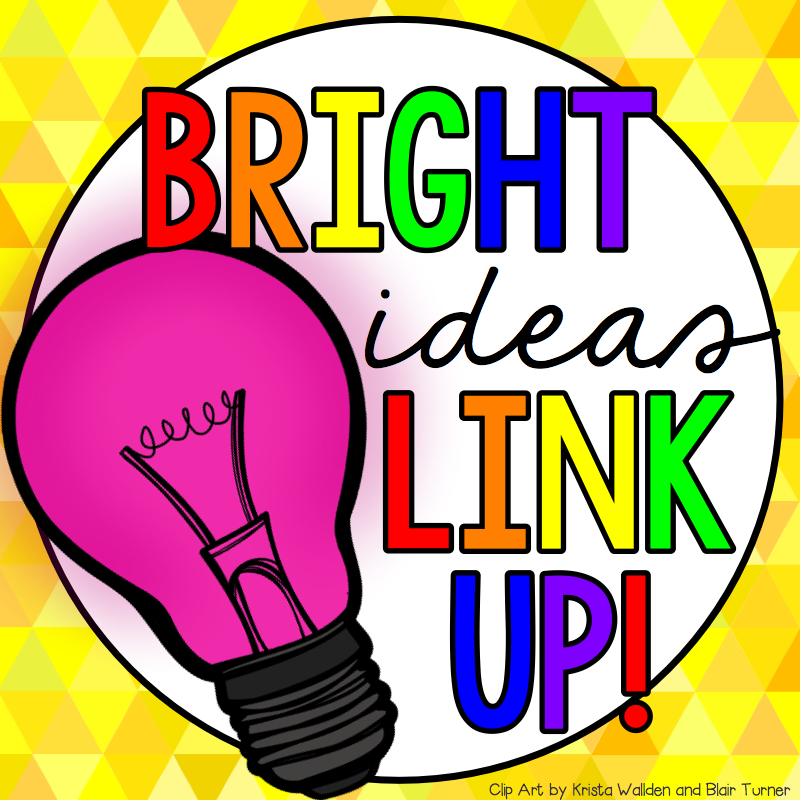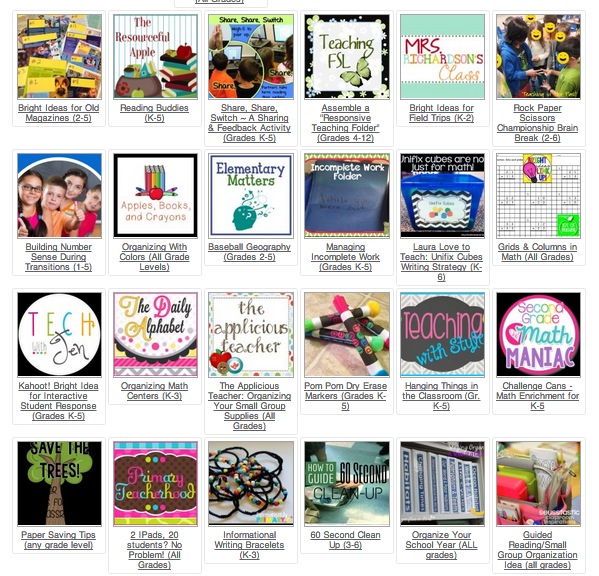Sometimes an “I don’t know” comes from a child waving his or hand wildly, desperate to be called on, only to be at a loss for words once acknowledged. Sometimes you hear “I don’t know” because the child is shy, embarrassed to talk, or unsure of the answer. And sometimes “I don’t know” is said when a child is frustrated or disinterested and just doesn’t want to engage.
One secret I’ve learned is that kids usually do know something about the topic that they’re willing to share: you just have to jog their memory and help them respond with confidence. If you can get students to say something, you can guide them to figure out the answer.

So how do you get them talking? I learned years ago from an education professor that an encouraging smile and one simple phrase often does the trick:
If you did know, what would you say?
It sounds like a trick question, but you will be amazed at how well this works! The student is no longer under pressure to come up with a correct response right away, and instead can remove him or herself from the situation and think hypothetically.
Many times, kids will actually respond to you with the correct answer! They knew it all along, but were afraid to say it and second-guessing themselves.
Other times, they respond with, “I dunno, maybe I’d say something about ___” or “I’d probably say ___, but I don’t know ___.” Both of those responses give you valuable insight into kids’ thought processes and give you something to work with. You can then say, Tell me more about that or What else do you know about that? You can also follow up with topic-specific questions, providing some of the missing information or vocabulary the child needs to put the pieces of the puzzle together.
Variations on this include:
- I understand you don’t know. What would you say if you did know?
- What part do you know for sure?
- Pretend you had a choice of answers: which one would you pick?
- What would be your best guess if you did know?
- What are the possibilities?
- If you did have an idea, what would it be?
I’d love to hear how you respond when students say “I don’t know”–please share your strategies in the comments. And if you haven’t tried the responses in this post, give one of them a shot with your students this week and let us know how it goes!

For more bright ideas from 150 different bloggers, please browse through the link-up below and choose a topic that interests you. What makes this link-up unique is that none of these posts have products or printables of any kind, just practical classroom solutions. The grade levels for each are listed in the post titles. Enjoy!

Angela Watson
Founder and Writer
Sign up to get new Truth for Teachers articles in your inbox
Discussion
OR

Join our
community
of educators
If you are a teacher who is interested in contributing to the Truth for Teachers website, please click here for more information.

















This is an well-known technique used in therapy.
“I don’t know” reveals the assumption that what is expected is a solution or correct answer. In real life, as opposed to testing-dominated school-environments, the process of discovering or inventing a novel solution is more relevant than regurgitating the correct solution.
A possible response to “I don’t know”, based on the guess that the student / child / adult does not have a confident correct answer to give, could be “when I described the situation / problem earlier, how did you think through it?”
Often it is far more useful to understand the steps that precede and led to “I don’t know”. In the role of teachers, it is our responsibility to help our students reveal specifically the limits of their current capabilities.
A step further is to help them help themselves, for example, by asking “What quetions can you ask to help you solve this problem?”
There is certainly no rule that says you cannot answer a question with one or more questions. In real life, that is often the process that leads to novel insights and breakthroughs.
Thanks for the thoughtful reply, Andew. I especially like your point about answering questions with questions, and asking kids to explain how they thought through the question you asked.
I have been using this for a long time now…AND IT WORKS LIKE A CHARM! 🙂
Awesome! Thanks for reporting back!
I respond with “Yes, you do!” if I’ve seen or heard the student comment correctly before. Then I work through the problem with the student aloud to demonstrate and facilitate good questioning and problem-solving steps. 🙂
Good response!
Hi. I am a high school World History teacher in Texas. At the beginning of school we were at a faculty development day and learned a strategy about what to do if your students respond by saying “I don’t know.” I believe the seminar was by Laura Motley, but I’m not certain of her name. Anyway, we were told to instruct the students to respond to questions the following way:
What to Say Instead of I Don’t Know:
May I please have more information?
May I please have some time to think?
Would you please repeat the question?
Where could I find more information about that?
May I ask a friend for help?
No teacher that I know of has been able to use this strategy successfully yet. The students do not remember what to say even when we made laminated cards and taped them to the desks. Just giving some feedback to your Bright Idea. 🙂
Indeed, the ability to ask questions is a fundamental skill that is often neglected. Perhaps the lack of this skill is what the “I don’t know” response reveals?
Thanks for sharing this, Shirley. I have heard those strategies before but am not aware of any teacher who has implemented them.
I think trying to get kids to stop saying “I don’t know” is like getting kids to stop saying “uh-huh” or “like” or “yeah.” It’s just part of our vernacular. I say it myself a bunch of times every day. So I don’t mind when kids say it…I just take it as chance to push their thinking a bit. 🙂